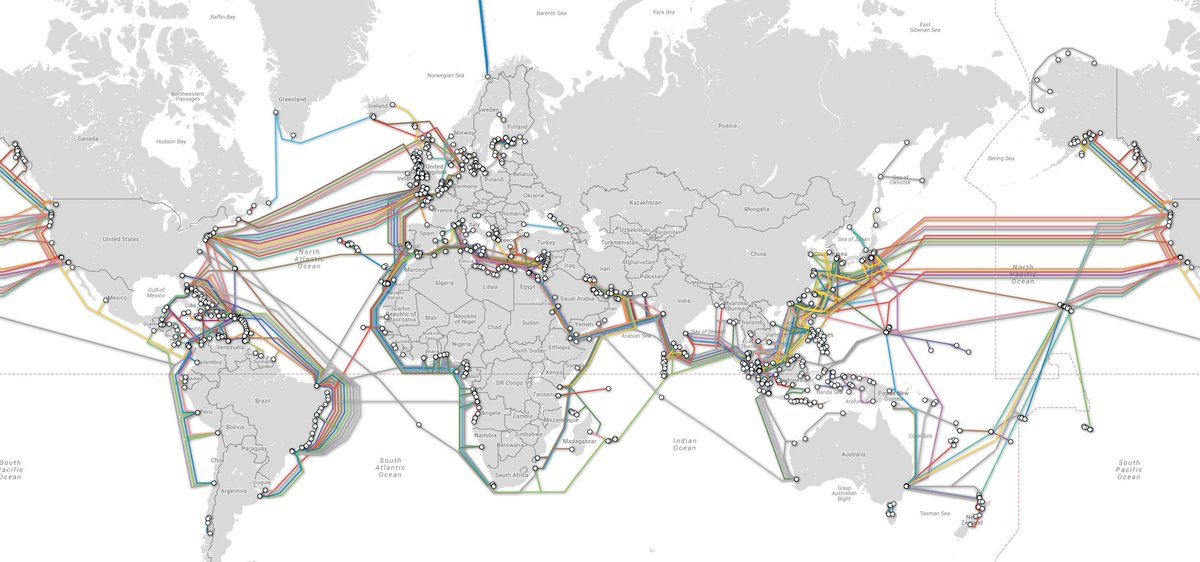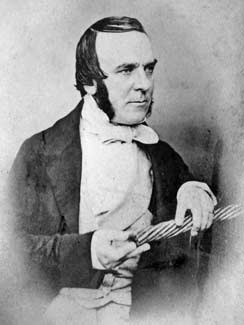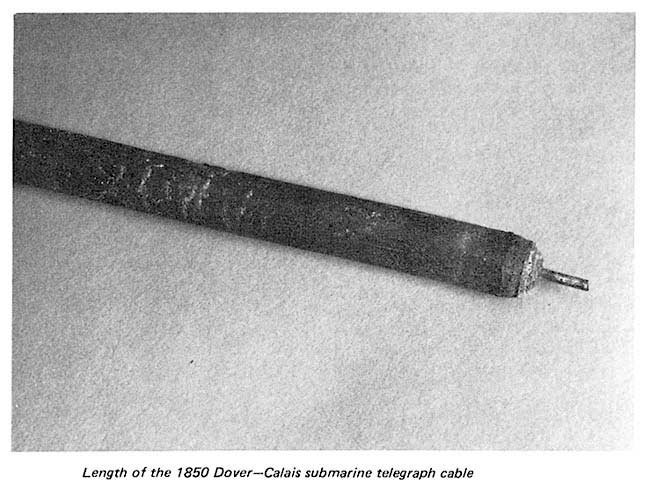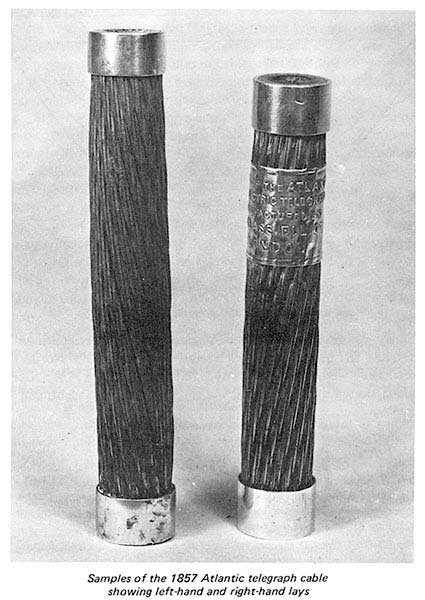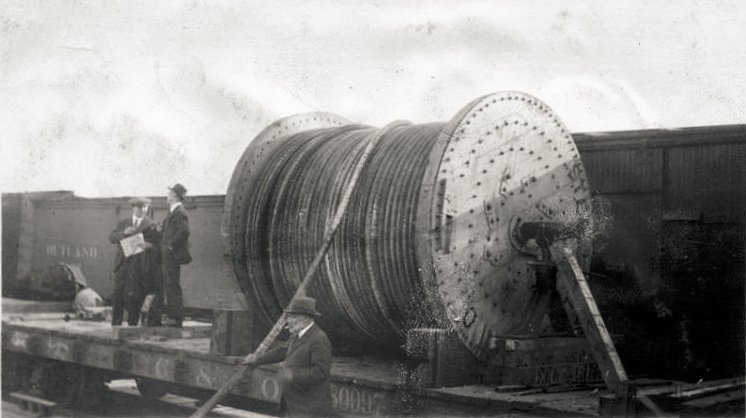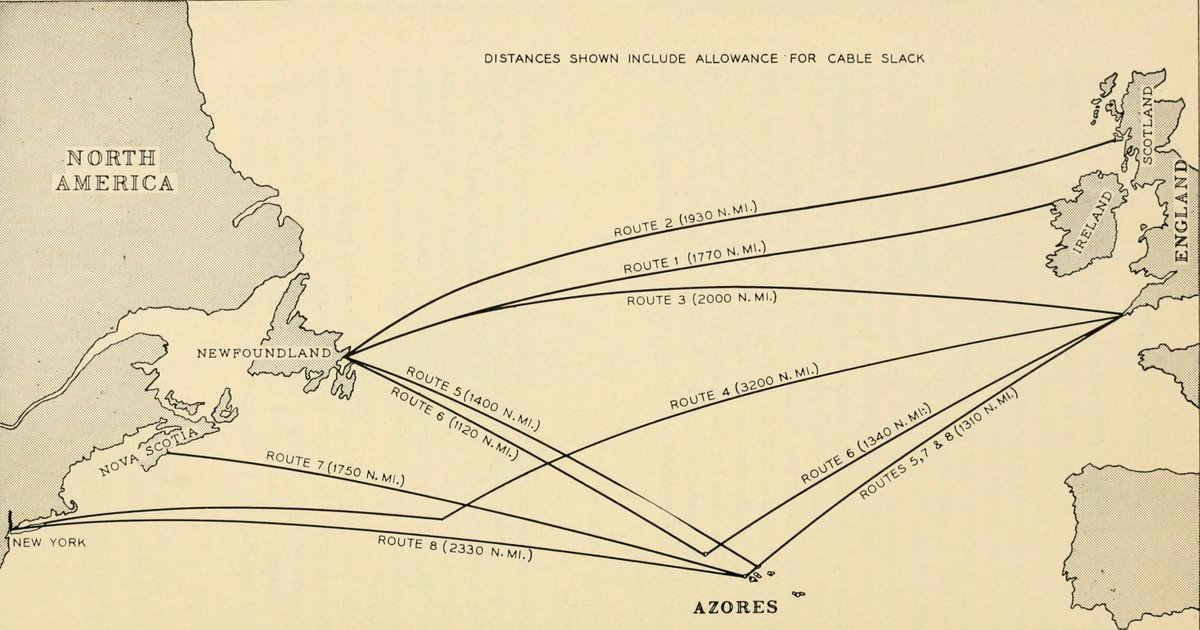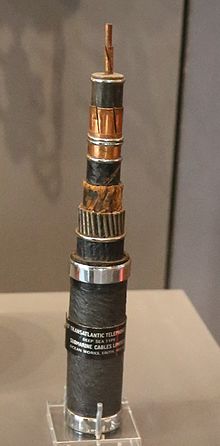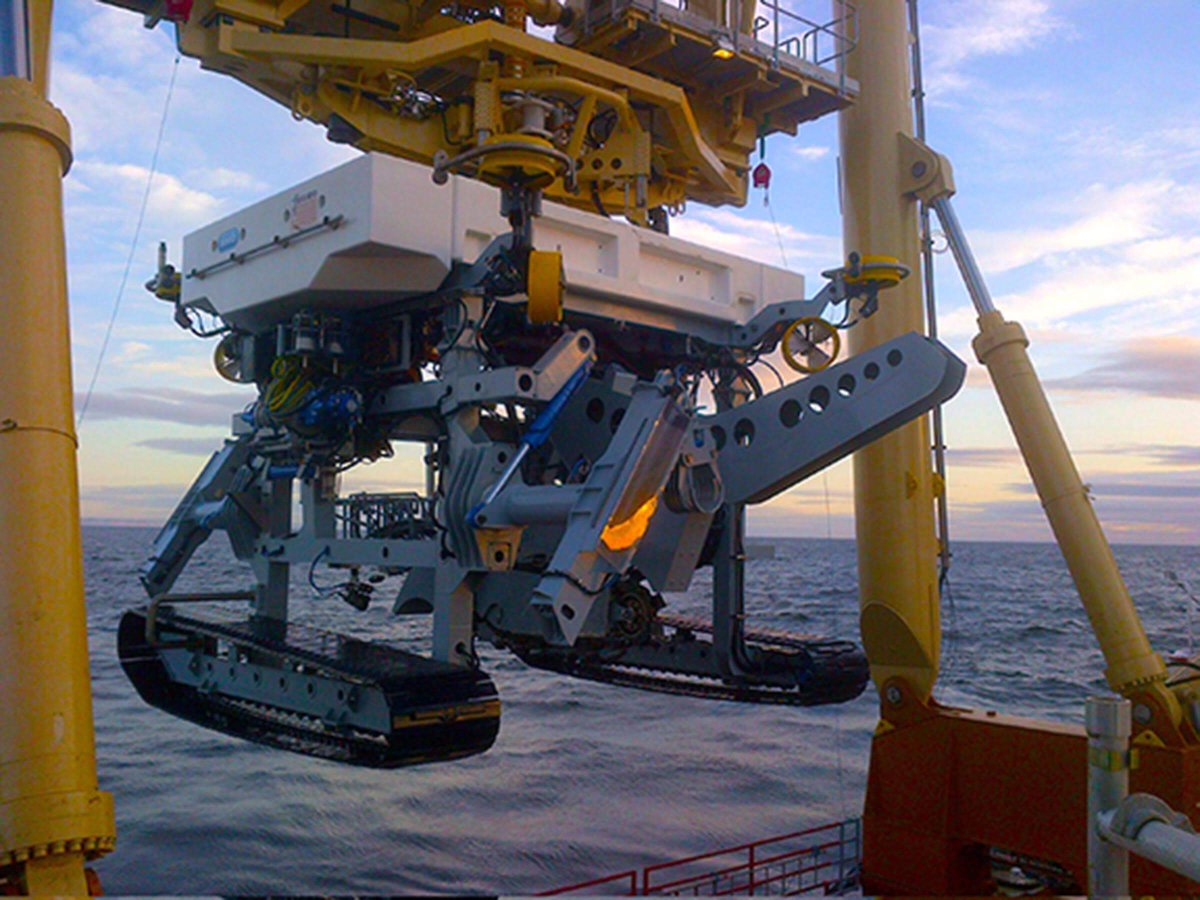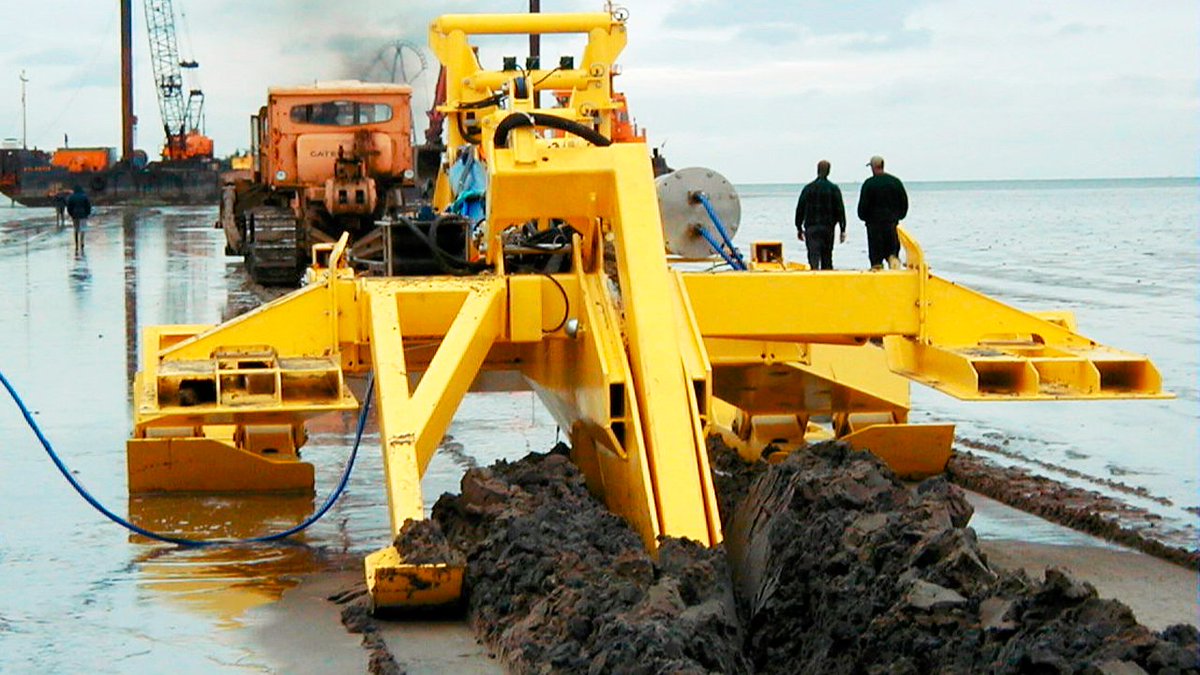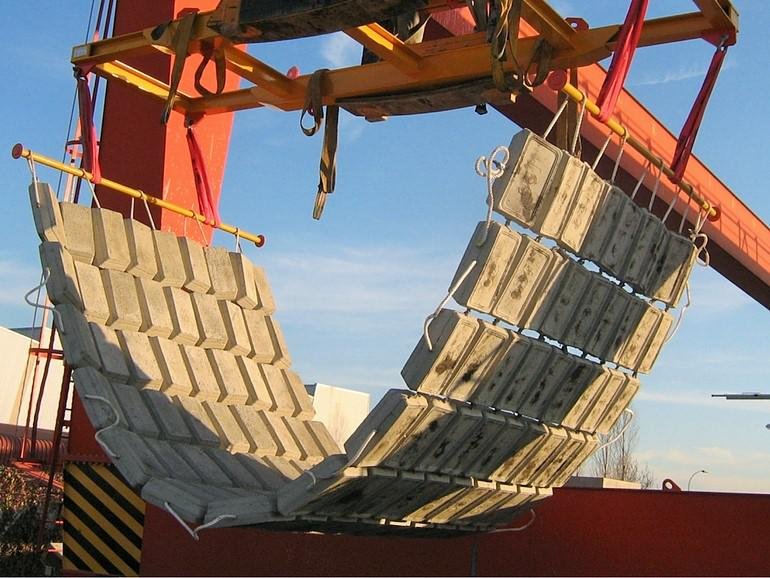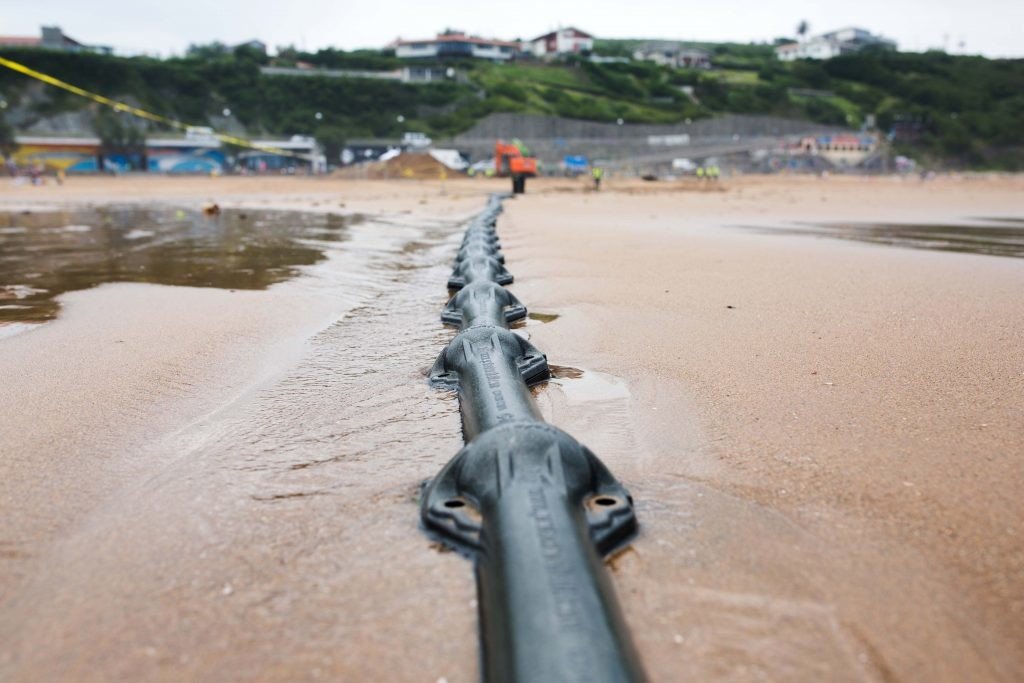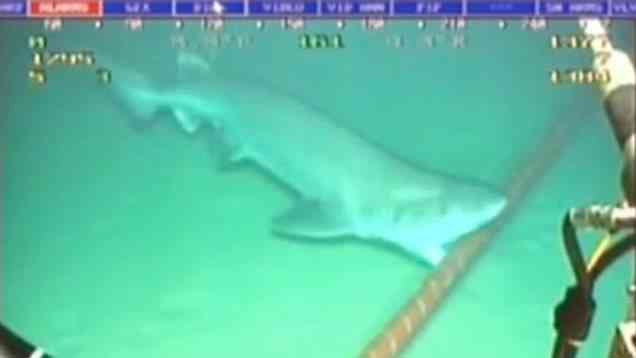Without submarine cables, the Internet, and therefore the world, would look very different than it does today. They are the (nearly) invisible veins and arteries of the modern global economy
/2
/2
Although telegraph cables had been laid across rivers for a few years prior, the first international telegraph link was between Dover and Calais in 1850 by John & Jacob Brett. The first cable was promptly cut by a French fisherman who thought it was seaweed, bugger
/3
/3
Undeterred, the brothers came back a year later with a much improved design, insulated with Gutta Percha latex resin and protected with galvanised steel wire rope, from Robert Newall and Edward Weatherly. This new design was a great success
/4
/4
Progress was rapid, and by 1858, the first transatlantic telegraph cable had been built and installed by the Atlantic Telegraph Company. The first cable contract was awarded to two Glass Elliot and Company, and RS Newall and Company
/5
/5
This first cable was a great success, at least for a few weeks, after which it failed. Design and operational issues meant hard lessons all round. The two manufacturers, produced the two halves of the cable using different lay directions for the steel wire armouring
/6
/6
By 1865 and 1866, two different cable designs and installation methods had proven the system reliable. It was a period of intense progress and innovation.
/7
/7
The next major innovation was the design and use of repeaters in telephone cables in the 1940’s. TAT-1, the first transatlantic telephone between Oban and Newfoundland was completed in 1951. TAT-1 was used for the Washington-Moscow hotline until replaced by satellite
/8
/8
The last transatlantic coaxial telephone cable was called TAT-7, installed in 1983, but could still only handle 4,000 calls and needed repeaters every 9km, it was hugely expensive.
Enter fibre optics
/9
Enter fibre optics
/9
The fibre optic submarine cable was laid between England and Belgium in 1986 and by 1988, TAT-8 was in operations between the US, UK and France. It had a whopping bandwidth of 280Mbs, enough for 40,000 telephone circuits.
/10
/10
Submarine fibre optic cables now number in excess of 350, about 1.2 million km. They can be point to point, festooned (usually along coastlines) or have multi point branches.
/11
/11
Modern cables have huge capacity, the transatlantic MAREA cable between the US and Spain has a 200Tbs capacity for example, More recently, content providers such as Google, Microsoft, Apple and Facebook have invested in their own cables.
/12
/12
Cable can be trenched or laid on the subsea surface, protected with concrete blocks or a cable mattress and charts updated to prevent damage from trawl nets and anchors.
/13
/13
As cables are used closer to the shore, their design changes to include greater levels of armouring and protection. Laying submarine cables is also a complex process, great video below
/14
/14
In addition to physically protecting the cables, careful installation and route selection, avoidance of high seismic activity zones and fishing areas, all contributes to resilience, as do education for fishers and shipping operators
/15
/15
Disruption does happen though, there are about 100 cable breaks per year, mostly due to anchors and trawl nets. Earthquakes and even the VERY seldom shark attack also damage cables!
/16
/16
For the most part, the world does not notice because operators have a sensible range of alternative routes, the network as a whole is actually pretty resilient. Where this resilience falls down is in areas where the demand for connectivity is not high enough for alternatives
/17
/17
Where this gets interesting is the case of malicious damage or intercept and eavesdropping for nefarious purposes.
/18
/18
There is no doubt that a determined and resourceful enemy could attack single or multiple submarine cables but given the interconnected nature of the global telecommunications infrastructure, it would be very difficult to keep the attack isolated
/19
/19
Eavesdropping on the other hand, as @Covertshores has documented, is very much in the capability mix but as more secure encryption becomes common, does this negate the point of listening in?
/20
/20
The global submarine cable network underpins the modern global economy. Listen to the more hysterical headlines and you would be forgiven for thinking it is made of glass. OK, so it is made of glass but it is much more robust and resilient!
/21
/21
Despite that, because of its strategic importance, there should be a strategic view of ownership, operation, resilience and security.
/END
/END

 Read on Twitter
Read on Twitter
